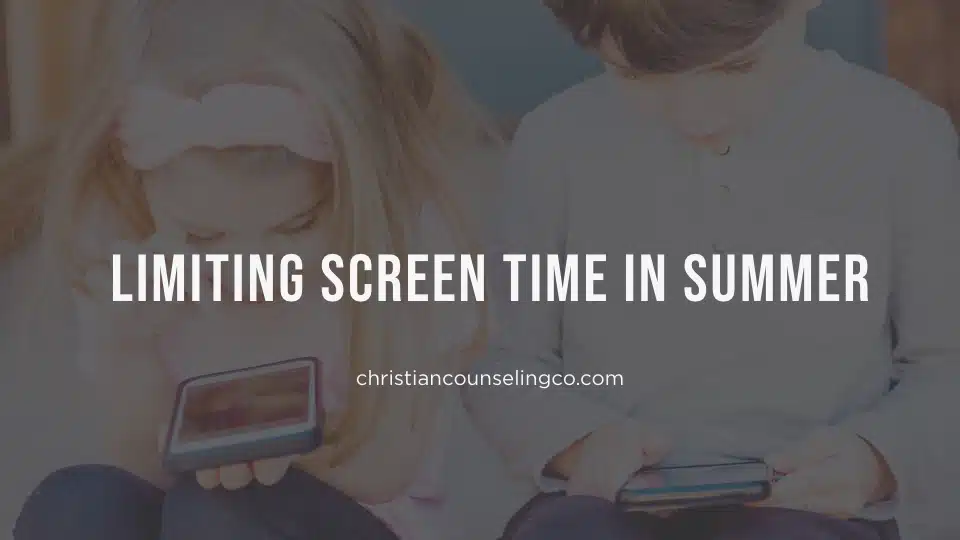Technology, smart phones, Netflix, social media.. it is all here to stay. So, the question is: “Will limiting screen time in Summer help my family feel more connected? How can I live in greater unity with my family this summer instead of having to compete with the disconnection that so often results from excessive screen use?”
When I think about summertime, my mind is flooded with images of barbecues, pool time, playing in the sprinklers, outdoor concerts, hiking, chasing fireflies, and lots of family time in the sun. But, until we create some important family boundaries regarding screen-time, summer will pass by with limited face-to-face, meaningful connection time.
Daily Media Consumption
Psychology Today quoted some research from the market-research group Nielsen:
“Adults are spending over 11 hours per day interacting with media, that’s up from 9 hours and 32 minutes from four years ago. Of that 11 hours, 4 hours and 46 minutes are spent watching TV. According to an oft-cited 2016 report by Common Sense Media, teens spend an average of 9 hours per day interacting with media, not including time spent for school or homework. For kids ages 8-12, the same Common Sense media survey report found they were spending 6 hours per day interacting with media. Kids ages 2-5 spend around 32 hours per week in front of a screen (e.g., watching TV, videos, gaming).”
These numbers are staggering, but it is consistent with what I often see in many of the families that I work with. As a society, we are missing out on so much as we ironically “tune in” in fear of missing out.
Intentional Family Connection by limiting screen time in summer
I recently came across a refreshing article called ScreenTime: From Tuning In to Turning Towards, written by therapists and master trainers, Don and Carrie Cole of the Gottman Institute. They offer some practical and helpful ideas about intentional family connection time.





